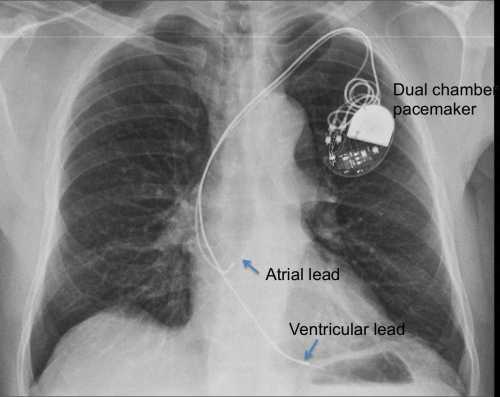Cardiovascular Implantable Electronic Devices (CIED)
Cardiovascular Implantable Electronic Devices (CIED)
Illustrated notes

Cardiovascular Implantable Electronic Devices (CIED) are devices implanted for diagnostic or therapeutic purposes. These include:
- Pacemaker: for providing protection against bradycardia. A wide array of functions are available in modern pacemakers including dual chamber atrioventricular synchronous pacing, minimization of ventricular pacing, and automatic capture control by constantly monitoring the pacing threshold so that minimum required output is delivered at all times.
- Implantable cardioverter-defibrillator (ICD): for treating tachyarrhythmias by either delivering a shock or with overdrive pacing. They have back up bradycardia pacing in addition for countering post shock bradycardia.
- Heart failure device (CRT: Cardiac Resynchronization Therapy; also known as CRT-P). These are biventricular pacing devices used in heart failure not responding to optimal medical therapy. They improve cardiac output and longevity by mainly improving the left ventricular synchrony.
- Combo device of CRT with ICD: CRT-D. These are a combination of ICDs and CRTs in the same device. They have both biventricular pacing capability and ability to deliver shocks if needed.
- Implantable loop recorder (ILR): It is a purely diagnostic device with long term event monitoring capability, typically over two to three years. Wireless devices which can automatically transmit the data to a server using the mobile network have also been developed. This innovation prevents clogging of the memory of the device and thereby missing an important event after storing multiple less important events.

